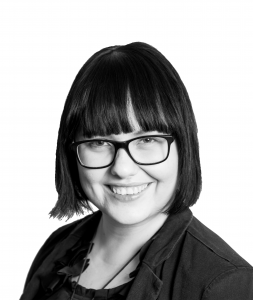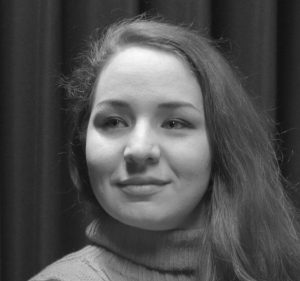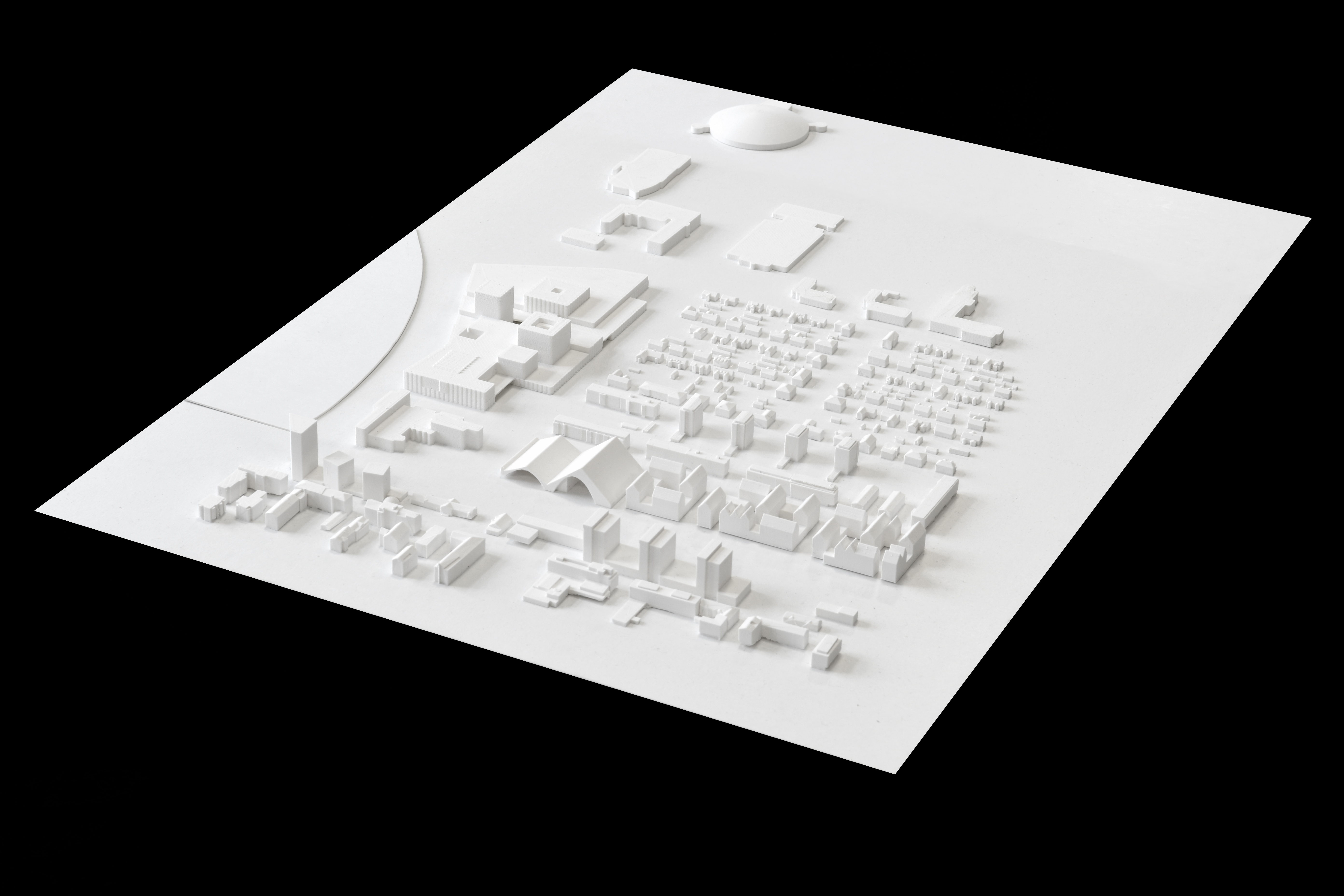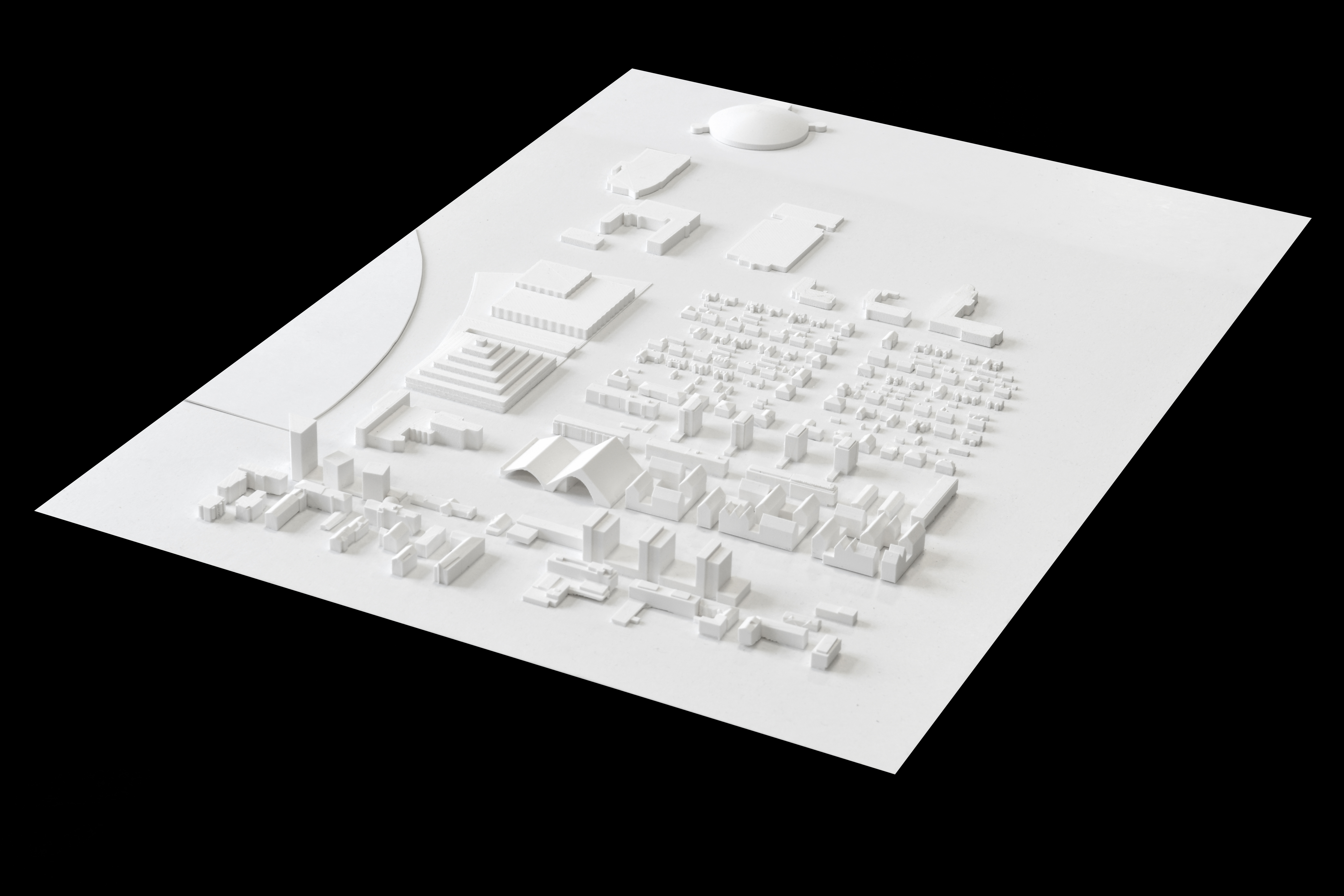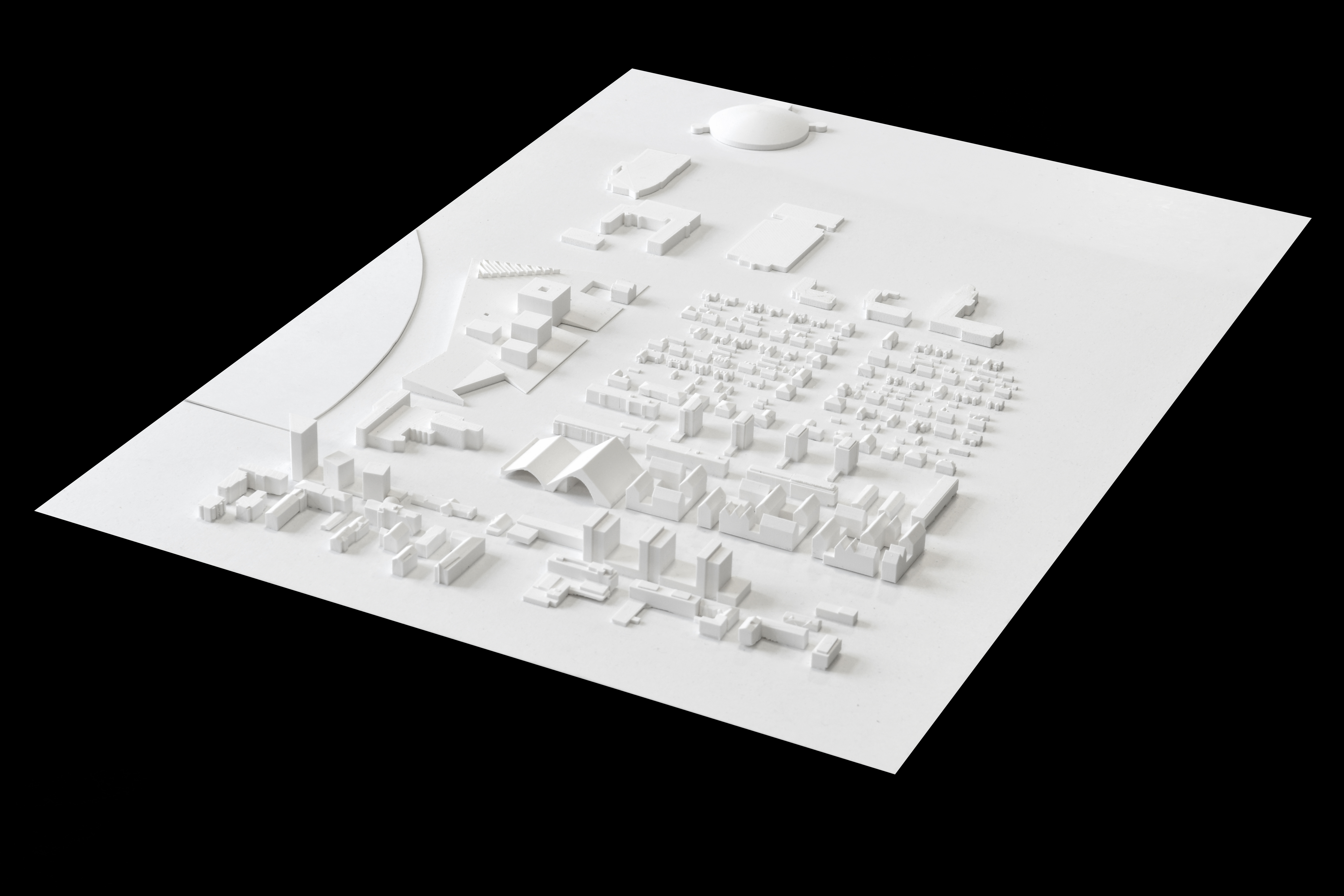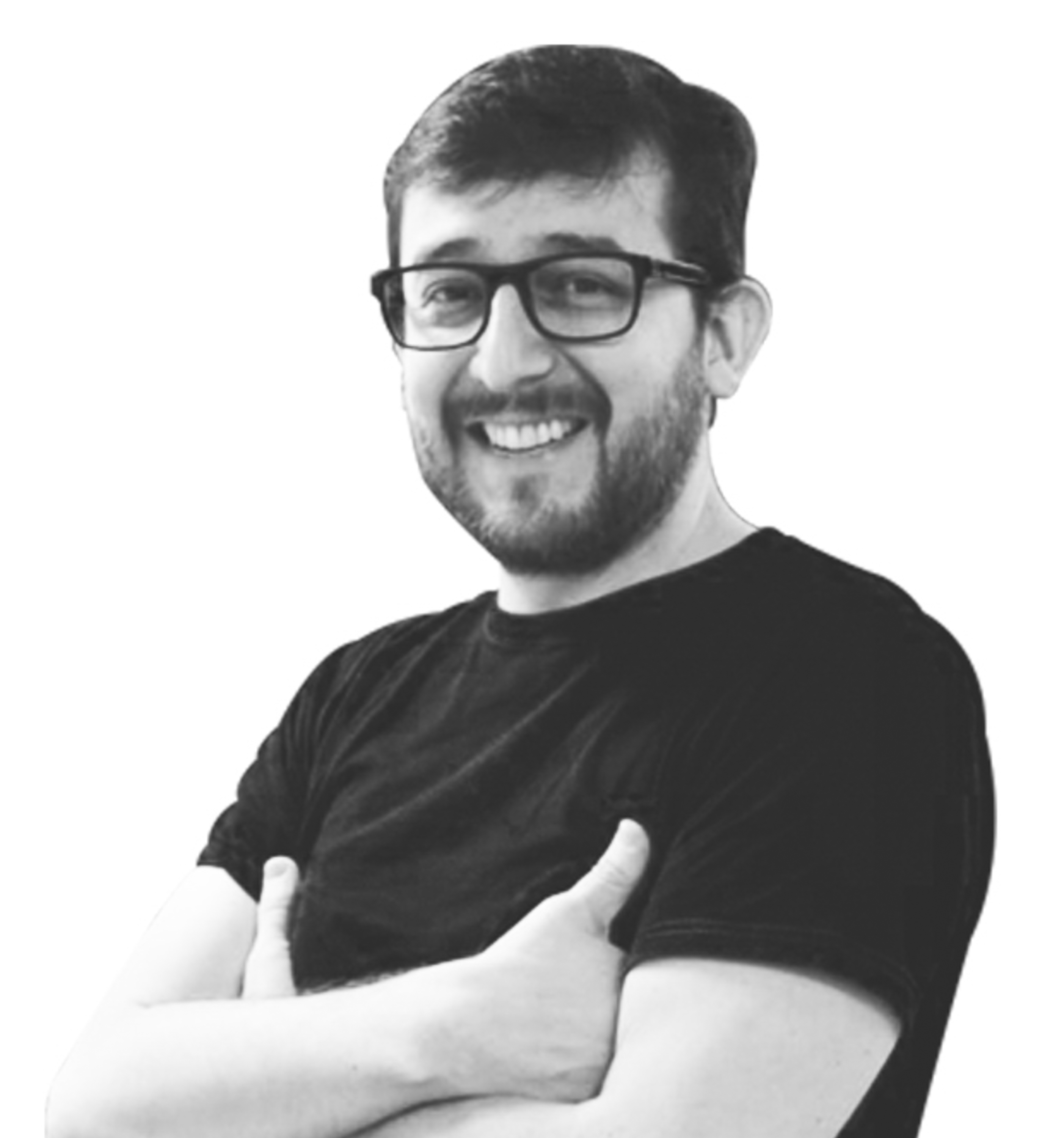The exceptional spring has caused stress, additional work, and slowed down studies for many university students in Oulu. The students have needed guidance and support as they have been forced into lockdown and isolation, lacking communality, and also to alleviate the anxiety and uncertainty the situation has caused.
However, most people have been satisfied with the quality of the remote teaching, and in some cases, the exceptional circumstances have even made studying easier.
This information is evident from a survey done by the Student Union of the University of Oulu (OYY). The questionnaire was answered by 1,603 students, which is roughly 12 percent of all the students of the University of Oulu. The survey was open for all degree students, doctoral students, and students in the open university.
Nearly half of the students (47 %) who answered the survey felt that their studies have become slightly harder due to the circumstances. Almost a quarter (24 %) of the respondents felt that the exceptional circumstances have had a major impact on their studies.
However, a bit over half of the respondents (57 %) answered that they felt they had the opportunity to progress their studies as planned, regardless of the exceptional circumstances. Out of the respondents, 32 percent felt that their studies had not progressed the way they wanted.
On the other hand, 13 percent of the respondents felt that the circumstances have helped their studies either by little (9 %) or greatly (5 %). Additionally, 15 % of the respondents answered that the circumstances have had no noticeable effect on their studies, neither improving nor worsening them.
The University of Oulu moved to remote or distance learning in a short timespan due to the restrictions placed to combat the spread of the coronavirus. The gradual easing of these restrictions began on 14 May, but remote learning continues for now. The Oulu Student Magazine wrote about the online learning experiences of four students in an article published on 31 March.
LABORATORIES BEHIND LOCKED DOORS
The chance to advance studies as planned has varied from faculty to faculty. According to the survey, the students in the Faculty of Medicine have managed to progress their studies the best. Comparatively well did also the students in the Faculty of Education, the Oulu Business School, as well as the Faculty of Natural Sciences.
According to the survey, below-average progress of studies has been possible in the Faculty of Technology. Students have faced the most difficulties in advancing their studies in the Faculty of Biochemistry and Molecular Medicine, in the Faculty of Humanities, and in the Faculty of Information Technology and Electrical Engineering.
According to the Education Dean of the Faculty of Biochemistry and Molecular Medicine, Tuomo Glumoff, an obvious reason for this is the nature of the studies in the Faculty: biochemistry is something that is done in a laboratory. As the doors to the campuses were closed in March, the teaching laboratories were closed as well. Two courses carried out in a laboratory environment were left incomplete, and their completion was moved to May. However, an exceptional arrangement is still in place: at all times, the maximum number of students allowed in the laboratory is nine students and one assistant.
For some students in the Faculty, the experimental work for their pro gradu theses was also halted. Glumoff states that the students who would graduate on 31 July at the latest have been granted a special permit to enter the laboratory already a few weeks ago, and the rest have been able to continue their work on 14 May.
“You cannot learn laboratory skills via a correspondence course, you must be able to do the work yourself.”
Glumoff continues that some of the courses this spring have been modified so that they can be completed online. For example, some practical work has been modified into problem solving exercises, which can be figured out outside the laboratory.
“You cannot learn laboratory skills via a correspondence course, you must be able to do the work yourself.”
Aino Rossi, the specialist in academic affairs of OYY, states that about four percent of the studies this spring could not be organised remotely, for one reason or another. Thus, they have been either moved to another time or organised on campus with exceptional permission. Rossi also says that relocating the studies from the planned timeslots makes advancing studies harder.
The Student Union’s specialist in social affairs, Sanna Kangasniemi, says that some students are worried about their income as the coronavirus has affected employment. That in turn influences how their studies can be progressed, or if they can be advanced at all.
According to the survey, the uncertainty of livelihood had hampered studies slightly for 23 percent of respondents and significantly for 13 percent of respondents. Personal reasons were cited as something that hindered studies slightly by 31 % of respondents and significantly by 21 % of respondents.
The open answers revealed that the personal reasons listed as having a negative effect on the studies were, among others, factors related to stress, motivation, and the wellbeing of self or others.
Changes in the availability of study material and the learning environments, lack of equipment required for the courses, increased workload, difficulties in the practicalities of the course, uncertain income, and personal reasons were among the negative effects the exceptional circumstances have caused.
A child staying at home and difficulties in receiving information and guidance were also listed as things that make studying harder.
However, making things easier were the flexibility of the courses and how well they were executed.
STRAIN FROM THE QUICK CHANGE
A majority of the respondents estimated that the move to remote learning and studying online was slightly, reasonably, or very stressful.
Many respondents felt that moving to remote studying and online learning in general was strenuous. Of all the respondents, 26 percent felt this change was moderately stressful, and 16 percent of respondents felt it was very stressful. The situation was ‘slightly stressful’ for 28 percent of respondents.
Contrary to that, 28 percent of respondents viewed that the shift and studying online did not increase their stress at all.
“Weekly tasks were mentioned multiple times in the open answers. If a student has many courses with weekly exercises, it is a large change compared to having just lectures and a learning diary or an exam.”
According to the specialists of the Student Union, the experience of stress and increased workload can be explained by the changed methods in completing the courses.
“Weekly tasks were mentioned multiple times in the open answers. If a student has many courses with weekly exercises, it is a large change compared to having just lectures and a learning diary or an exam,” says Aino Rossi.
The suddenness of the change as well as its execution have also increased the strain towards students.
“As the exceptional circumstances have forced performing this so-called digital leap quickly, there have been problems in organising the studies and uncertainty how to do the assignments. That is something that affects one’s perception of the workload,” Sanna Kangasniemi states.
DIFFERENCES IN COMMUNICATION IN THE FACULTIES
Communication is often criticised in exceptional circumstances. Especially at the beginning of the crisis the communications from the University of Oulu were criticised in social media and on Yle’s article (13 March).
According to the recent survey, most respondents felt that the policies and instructions from the faculties and the University as well as information on completing the courses were communicated to them well or very well. Half of the respondents deemed they had received information well, and 19 percent extremely well.
However, 11 percent of the respondents felt they received information poorly, and 3 percent answered extremely poorly. 16 percent stated that they felt they did not receive information well or poorly, and 2 percent were unsure.
The survey reveals that there are differences between the faculties on how well information is relayed between various parties.
In the Faculty of Biochemistry and Molecular Medicine, there were no students who felt they received information poorly from the Faculty. The Faculty also performed well in communicating how to complete the courses.
Tuomo Glumoff states that the Faculty has organised weekly briefing sessions on Zoom since the crisis started.
“Apart from conveying information, the idea was that communality clearly suffers as students are unable to enter the campuses. At least now we can meet once a week on Zoom. This has had multiple benefits: the students receive up-to-date information and answers to their questions. Additionally, thanks to suggestions from the students, two courses are now held as summer studies, and we would not have done this otherwise.”
According to the survey, communications were handled reasonably well in the Faculty of Education and the Faculty of Medicine.
The survey shows that communicating policies and instructions was done moderately in the Faculty of Information Technology and Electrical Engineering, the Faculty of Technology, the Faculty of Natural Sciences, and the Faculty of Humanities.
Comparatively, the survey reveals that the poorest faculty in terms of communicating the policies and instructions was Oulu Business School. The Faculty also received negative feedback on informing the students how to complete the courses.
Why has there been disruptions in the flow of information?
Janne Järvinen, the Education Dean of the Oulu Business School and professor of accounting, states that the Faculty has many subjects that vary amongst themselves, and the courses are completed in multiple ways. This might be the reason for the confusion in communications, Järvinen ponders.
The responsibility of relaying the information to the students has been on the teachers of the courses. Information has also been passed on through the student society Finanssi.
“[The Faculty] did not organise our own info sessions, though we could have. Also, FMBB is a smaller faculty than us. We have been in contact with the student society and we thought that information will be passed on through them. We have had some constructive discussions with Finanssi. For sure, [communications] could have been done differently,” Järvinen says.
Järvinen also remarks that the quickly changing situation not only stresses the students but teachers as well. In such a rapid change, additional resources or a few helping hands would not have gone amiss.
“Everyone has been busy with teaching. I had a few courses that had to be moved online within a few days. There can be a large bachelor-level course with hundreds of students, and the alternative teaching methods had to be invented in a few days. I understand that the situation has been extremely challenging, but we made through it reasonably well.”
Lotta Leinonen, the board member in charge of academic affairs for the student society Finanssi, says that the organisation is also gathering data through their own survey, made in collaboration with the Business School.
The survey, aimed at members of the student society, is open until the end of May, but based on the answers so far, few points seem to be repeated.
According to Leinonen, the general picture on how the teaching has been organised is a positive one. In particular, streamed lectures and thesis guidance have received positive feedback. “Especially in master’s level there are courses that have received commendations.”
Leinonen continues that especially for first-year students there have been some courses with very little online teaching, or courses where an exam has been replaced by weekly assignments. Leinonen says that these lower the overall grade of the feedback.
“If you cannot get in contact with [the teacher] of the course or the workload has increased, it reflects instantly in the results of the survey.”
Situations in which students have been informed late on changes in exam practices have received criticism in the survey by Finanssi. There is also some feedback that on some courses the teaching has been organised almost the same as in normal conditions, but on some courses, there are no lectures at all.
“Why are there courses where the teaching could be transferred completely online, and others where this could not be done?”
STUDIES ARE NOT FLEXIBLE FOR EVERYONE
The increase in workload and the flexible arrangements of courses also varied between the faculties.
The detrimental effect of the increase in workload was experienced mostly by the students of the Faculty of Education, the Faculty of Humanities, the Faculty of Natural Sciences, and Oulu Business School.
The best comparative results were achieved in the Faculty of Biochemistry and Molecular Medicine as well as in the Faculty of Medicine.
The Faculty of Biochemistry and Molecular Medicine was also above the average in the flexibility of the courses, along with the Faculty of Information Technology and Electrical Engineering. The lack of flexibility seemed to affect the students in the Oulu Business School and in the Faculty of Humanities the most.
In Oulu Business School, 19 percent of the responds estimated that the lack of flexibility had made their studies more difficulty, and 14 percent thought their studies were significantly harder due to the lack of flexibility.
The Education Dean Janne Järvinen states that the structure of the studies has an effect on their flexibility. On bachelor level, there are less opportunities to have flexible studies or alternative methods for completing the courses.
Järvinen says that many of the respondents have been precisely bachelor-level students. That influences how the workload of the studies is perceived. Overall, the need for support and guidance is greater at the beginning of the studies, and in these exceptional times this demand only increases.
According to Lotta Leinonen, the lack of flexibility as well as the cancellation of work practice and internships has also affected the studies.
“Worry has been caused by the coronavirus taking away student’s internship, and by the fact that the mandatory work practice cannot be replaced by any other course: hopefully this will not affect students’ graduation.”
Järvinen says that the competitive nature of the bachelor-level courses also influences the experience.
“How one manages on some of the courses during bachelor’s level decides the entry into the most popular major subjects. Some students experienced that their workload increased, and at the same time, they have had pressure to get good grades.”
This competitive aspect is something the Faculty is unable to change: “There are limited number of places in the major subjects, and if there are more applicants than places, there is a competition that will be determined by the grades. I think that those with not that high level of academic proficiency view the situation as stressful.”
Lotta Leinonen says that changing the way the courses are completed, with weekly assignments instead of an exam, has been a cause of stress for bachelor level students.
“Previously, with only an exam, it has been relatively easier to estimate how much one needs to do to get a good grade. Now, with weekly assignments replacing the exam, it has improved learning, but if a student has high ambitions, that has increased the pressure. The weekly tasks make it harder to estimate what are the requirements for a good grade. Therefore, it has caused even more stress for those who already stressed about the situation.”
WHAT ABOUT REMOTE TEACHING ITSELF?
The survey shows that remote or distance teaching has worked comparatively well in the University of Oulu, but the results vary between the faculties again.
Out of the respondents who have had online courses, 67 percent felt they worked well or extremely well.
However, 12 percent of respondents deemed distance learning to have worked poorly, and three percent answered that it has worked extremely poorly. Based on the survey, above average results were achieved in the Faculty of Medicine, and the worst results were in the Oulu Business School.
The Finnish Medical Journal Lääkärilehti reported on 24 April that medical students around Finland have been reasonably happy with their studies and how they have been organised.
Maintaining routines, organising schedules, and managing life in general are among things that are made harder by studying at home, according to many respondents of the survey.
Other challenges listed in the answers of the survey show that especially things related to mental health, life management, income, and organising teaching had made studying harder.
The answers also were related to employment: the respondents had difficulties in organising work practice, problems in acquiring income, and fears of delaying their studies and graduation. There were also mentions of the difficulties in communications, receiving information, and contacting the teachers responsible for the courses.
Maintaining routines, organising schedules, and managing life in general are among things that are made harder by studying at home, according to many respondents of the survey.
The survey also investigated the functionality of the various ways of completing the courses.
Home exams along with exams in Moodle were deemed to work well, as well as other written assignments, such as essays, reports, referrals and summaries. Doing remote group work was evaluated as the worst option.
Apart from the challenges, the survey also aimed to bring forth some successes during the spring. Most of the positive comments from the students were related to remote teaching and online lectures and seminars, and the respondents complimented the fluency of the courses and the knowhow of the teachers in managing the necessary tools.
Especially recording the lectures was deemed important, as the possibility of returning to the things discussed during the lecture was seen as making learning easier, as well as bringing flexibility to the time management of studies.
Special praise was also passed on to some of the tools and spaces for online studying, such as the arrangements in the IT services and the library Pegasus, and the online environment Moodle as well as the conference tool Zoom. Individual teachers and faculties were also complimented for working exceptionally well.
ADVANCING IN STUDIES AND RETAINING HIGH QUALITY
Even though the survey by the Student Union reveals that communications, flexibility, and stress have received criticism, the students in Oulu Business School have managed to advance their studies and their graduation has not been delayed.
This is something Janne Järvinen considers important.
“Following the weekly assignments, it seems that the percentage of submissions has been high, and they seem of high quality. From a Faculty point-of-view this is a good thing.”
“There were some perceptions that the workload had increased. Let’s put it this way: working is good for you. Or was someone expecting things to get easier in a situation like this?”
Could the Business School introduce some more flexibility in the future? According to Janne Järvinen, there is a large difference in how the bachelor’s and master’s studies are organised. According to him, the bachelor’s program is a clear “pipeline” that cannot be altered with the current number of students and teachers.
“The teaching is practically controlling large masses of students. In the bachelor’s studies, the challenge is that the teaching should be of high quality regardless of this. I am sure that our studies are high-class, but their size brings forth the special characteristics.”
However, the “master-level studies can have completely different systems in use.”
As an example of alternative ways of completing the courses during master’s level, Järvinen mentions the master’s seminar he held online. Participating remotely works well for those who work along their studies, as now they do not have to take a full day off to participate in the seminar.
Janne Järvinen says that introducing alternative methods for completing the courses is hampered by the requirement of being effective. One must achieve results, which means finished degrees.
“Having different methods for completing the courses would create additional delays in the process. We must put out a large number of students quickly and with high quality. That is the reality of the situation, as the field of business has a small multiplier in the financial model of the University.”
The cost for the University of arranging teaching varies from field to field. For example, the equipment the teaching requires, and the amount of contact teaching the courses have affect this. Some degrees are more expensive than others for the University, and these are taken into account in the funding model by a larger multiplier.
If remote teaching continues in the autumn as well, the survey by Finanssi reveals that their members would like to see more online lectures and more information on how to complete the courses and their structure and scheduling. On the other hand, streaming lectures could be used in corona-free times as well, as they allow students who work to participate on courses that have mandatory attendance, Leinonen says.
Janne Järvinen says that the Business School will examine the results of the surveys in the bodies of the Faculty.
“We are very interested in hearing what the surveys show.”
WHAT’S NEXT?
The results from the survey by the Student Union require actions, Sanna Kangasniemi judges. The results have been forwarded to the University, and the report has been published in its entirety on OYY’s website as well.
“Of course, at the moment we only have data on these exceptional circumstances. It would be intriguing to have information from normal times as well. There are some results that have been reacted to even before the survey was made. Now more emphasis will be placed on them.”
“We do not know how long the situation lasts. The students have wished that practices that work well in these times would be continued even after the coronavirus has passed.”
The flexibility of the studies that was praised in the results of the survey is in accordance with the Student Union’s policies, says Kangasniemi. OYY will continue to push more flexible studies in the future as well.
“We do not know how long the situation lasts. The students have wished that practices that work well in these times would be continued even after the coronavirus has passed.”
Has the Student Union received feedback on advocacy work during the pandemic?
Sanna Kangasniemi says that the open answers in the survey only had a few questions regarding why OYY does nothing.
Aino Rossi says that she has not received any direct feedback. There have been some requests for help, and those are desirable. Rossi has been answering questions about exams and theses, for example. “Theses are critical when you are graduating.”
International students have been worried about tuition fees for the upcoming autumn period.
The socio-political problems the students have faced are, according to Kangasniemi, student grant, layoffs, and for students with families how to raise the student grant if one is forced to stay at home with a child.
Kangasniemi says that a similar survey would be an interesting thing to do in the autumn, whether the remote learning continues or we are back into regular daily life.
“That would show what changes have been made.”
OYY’s corona survey
»A survey about the effects of the coronavirus was open between 3–11 April. The survey was sent via email to all students at the University of Oulu (degree students, doctoral students, and students at the open university)
»The survey was answered by 1603 students (12 percent of all students of the University)
» A vast majority (93 percent) answered in Finnish, only 7 percent in English
» Responses were received from each faculty
» According to OYY, the survey findings are presentable especially regarding the Faculty of Biochemistry and Molecular Medicine. Slightly over-represented in the survey were the students in the Faculty of Medicine, and slightly under-represented were students in the Faculty of Technology and the Faculty of Information Technology and Electrical Engineering.
» The University of Oulu Graduate School (UniOGS) was marked as their faculty by 2 percent of the respondents. The results of the survey are grouped by faculty, and it includes doctoral students as well.
» The whole survey can be found on OYY’s website in both Finnish and in English
Read more: 5 reasons why remote studying is terrible
Translation: Kalle Parviainen


